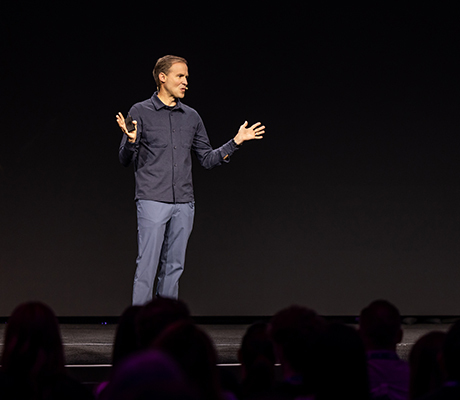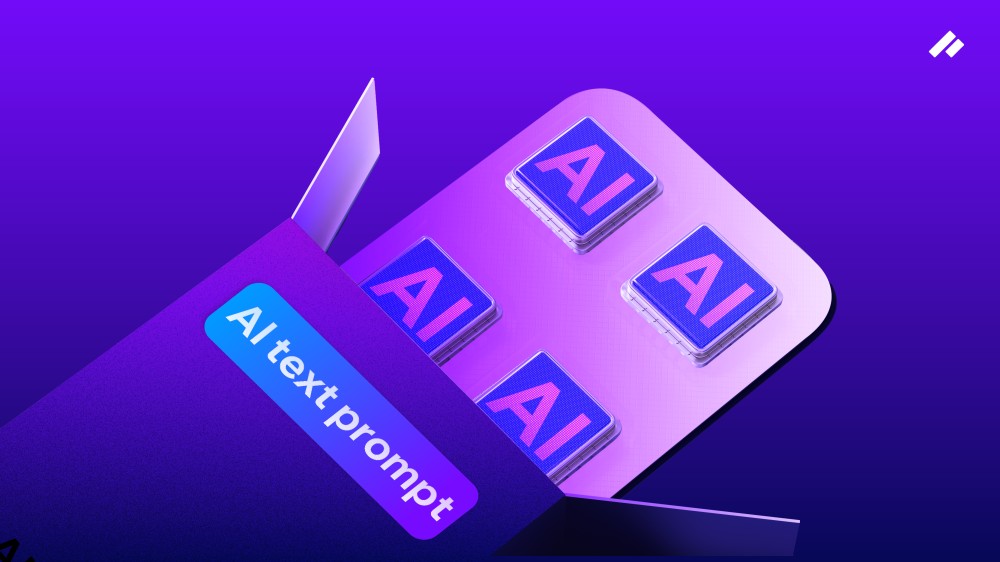Strategies and tips for transforming your ecommerce logistics into a revenue driver
Discover strategies to transform your logistics into a revenue driver. Learn effective methods to boost profitability and optimize your supply chain operations.
Brand leaders know that succeeding in online commerce is a lot more complicated than creating a great product. If you’re in the ecommerce business, you’re also in the logistics business. This means your team must be on top of planning, packaging, supply chains, receiving, shipping, and cost management.
Most ecommerce teams see logistics as a cost center, or even an afterthought. But it doesn’t have to be a pain point. It could be a strategic advantage for brands looking to grow, reach new audiences, and tap into online marketplaces. Let’s look at how you could turn your ecommerce logistics into an opportunity for growth, revenue, and profitability.
What is ecommerce logistics?
Sometimes called e-logistics or e-fulfillment, ecommerce logistics is the process of managing the movement of your product from the supply chain through to the end consumer. It involves planning, designing systems, prepping, packaging, tracking, and delivering your products to your buyers—whether they are retailers, online marketplaces, third-party sellers, or your customers.
Some of the challenges brands face include:
- Rising shipping costs
- Choosing the right carriers
- Shipping to the right fulfillment centers
- Improving warehouse efficiency
- Filling truckloads
- Packaging and prepping for marketplaces
Operations vs. logistics
Your operations and logistics teams may be under one leadership umbrella, but these two functions are different in several key ways. Ecommerce operations will focus on everything you need to do to get your product ready for shipping, including designing the packaging, marketing your products, and working with partners or marketplaces. Logistics is all about how your products are delivered to the point of sale, including transportation, storage, and delivery.
Everything that happens during the operations phase will affect your logistics strategy. Whether you’re designing packaging, marketing bundled products, or choosing an online marketplace selling model, you should think ahead to how your ecommerce logistics will be affected.
Three ways to manage and improve your ecommerce logistics
Strategy #1: Reduce ecommerce logistics fees and costs.
If your job as an ecommerce logistics leader just got more complex because of Amazon’s inbound placement fees, you’re in good company. To encourage third-party sellers to place inventory closer to end customers, Amazon recently began passing on the cost to sellers by upcharging $0.27-$1.58 per unit for products that are shipped to a single Amazon fulfillment center.
This new fee leaves logistics teams with a conundrum:
- Pay Amazon more to handle the logistical complexities for you and continue to ship to the fulfillment centers you choose.
- Overhaul your processes and shipping strategy to go to many different fulfillment centers.
Logistics leaders have to react quickly to changes like this, and they can do it in a few ways. First, tech investments can help you simplify where you ship, how often, and with which carrier. Software is a great first step, since it’s a relatively simple investment. Some ecommerce logistics leaders use software to help them rate shop across carriers so they can make changes as pricing shifts.
As Pattern COO Rob Hahn put it in his session at Accelerate24:
“Before you change hardware inside the warehouse, invest in software. It’s very difficult to change something that’s bolted to the floor of your warehouse, but you can experiment with software to help you be flexible.”
Watch Rob’s full session here.
Pattern has also helped brands avoid fees and complexity with Marketplace Prep. Here’s how it works:
- You ship your products to just one warehouse (ours)
- We prep and package your items according to marketplace requirements
- We ship to Amazon’s fulfillment centers at a much lower cost
- Your customers get faster shipping and a better experience with your brand
Working with an ecommerce accelerator can help you anticipate challenges, avoid fees, and reduce logistics headaches.
Strategy #2: Think about logistics automation and robotics.
When you think about automation, do you imagine robotic arms and laser-guided picking? Or are you thinking about AI-driven software? Ecommerce shipping and fulfillment can benefit from both of these technologies for improved speed, better accuracy, and cost reduction.
As Pattern COO Rob Hahn shared:
“There are 10,000 3PLs [third-party logistics companies] in the U.S., and very few of them have invested in automation technology. They don’t know what to invest in.”
Here’s an example. When Pattern automated many of the tasks in our warehouse in Hebron, Kentucky, one benefit was the reduction in the amount of “bending” associates had to do. Bending is one of the most common causes of injuries for warehouse workers. By introducing counter-height flex conveyance systems, we eliminated millions of bends. Not only does this automation technology make logistics faster, more accurate, and less costly, it’s also safer for employees.
Pattern’s automated Receive Station is a good example of software-driven automation. It gives associates who are prepping products step-by-step instructions to help them get it right, reducing questions and movement.
Strategy #3: Focus on your ecommerce logistics processes.
Rob Hahn put it best in his Accelerate24 session:
“You can go a long way with great processes, a culture for continuous improvement, and an understanding of what works for YOUR business.”
It may take a serious investment to roll out supply chain automation or robotics for your warehouse, but process improvements are available to anyone with a good idea. You might find that something as simple as moving a piece of equipment from one side of the associate to the other side saves time. Or that a small change in your packaging reduces the size of the shipping boxes needed, which in turn brings down costs. It could be as simple as rearranging your layout so associates don’t walk as far to do their daily tasks.
Process changes require good ideas, and some of those will come from experts. You may need to tap your 3P logistics partner to bring an outside perspective or introduce new ideas. But others will come from your own team. Logistics process changes may also require a cultural shift within your company; you’ll need to to motivate and inspire your team to adopt them.
One key thing to keep in mind: You aren’t Amazon, and your customers don’t expect you to be. You don’t have to offer two-day shipping without an extra fee, or pack orders within an hour of receiving them. You don’t have to try to solve the same problems as Amazon does at their fulfillment centers. You can focus on smaller, incremental process shifts that will help you turn your logistics operation into the right model for you.
Improving your ecommerce logistics
Getting your products into the hands of your customers in a speedy, cost-effective way is the key to success on online marketplaces. While ecommerce logistics is a complex piece of the puzzle, you can make strategic improvements that can help you shift your logistics mindset from “cost center” to “growth and revenue opportunity.”
As the #1 shipper to Amazon fulfillment centers, Pattern can help your brand improve logistics speed, accuracy, and costs. Get in touch to learn more.


.jpg)





.jpg)

